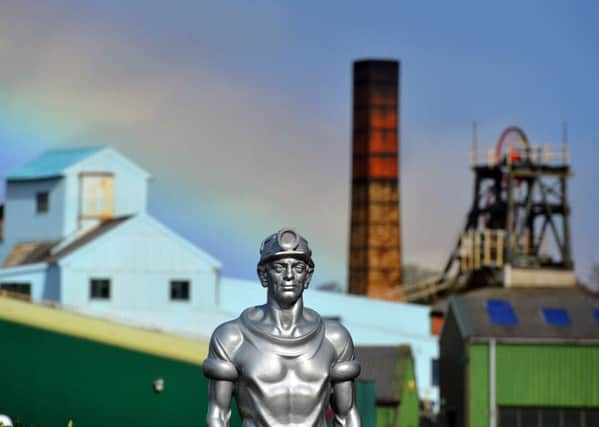Museum that is home to a rich seam of history


Coal has been dug out of our ground since pre-Roman times and as recently as five years ago was still providing a significant proportion of power for electricity generation.
However, times move inexorably on and deep mining in Britain has been confined to the pages of history, killed off by, amongst other things, cheap imports and low-carbon energy alternatives.
Advertisement
Hide AdAdvertisement
Hide AdWith it has gone a unique culture of comradeship and hard, manual graft.
All the more reason then to be grateful for the existence of the National Coal Mining Museum for England, pictured here.
Located at the Caphouse Colliery, near Wakefield, on the western edge of the old Yorkshire coalfield, mining was carried out at this site for centuries.
A rich seam of history runs through it. A plan dating from 1791 includes details of a mine shaft on the Caphouse site and for 90 years from 1827 the colliery was owned by the Lister Kaye family.
Advertisement
Hide AdAdvertisement
Hide AdThe colliery continued to operate after the industry was nationalised in 1947 but by the mid-1980s coal at Caphouse was exhausted and its conversion to a museum began.
It opened in 1988 as the Yorkshire Mining Museum and was set up with funding from West Yorkshire and South Yorkshire County Councils, as well as the Wakefield and Kirklees local authorities.
The museum was granted national status in 1995 and seven years later admission became free.
Today, the museum runs underground tours where visitors can don a hard hat and battery lamp and descend 140 metres to discover the harsh realities of coal mining through the centuries.
Advertisement
Hide AdAdvertisement
Hide AdSome might view the museum as a reminder of what we’ve lost, but equally it is a crucial bond to our industrial past and our forefathers who helped make Britain great.
Technical details Nikon D3s, 70-200m lens 1250th @f5.6 200ISO
Picture: Tony Johnson
Words: Chris Bond